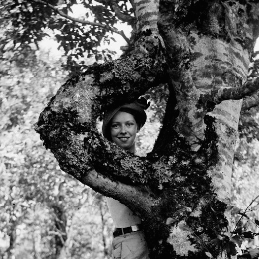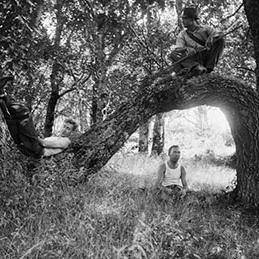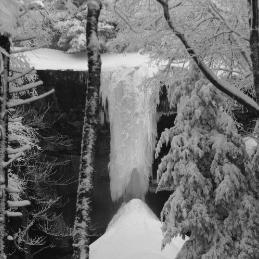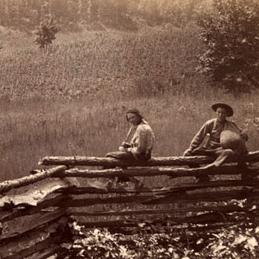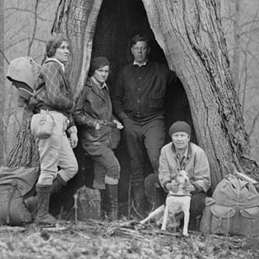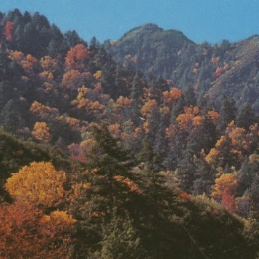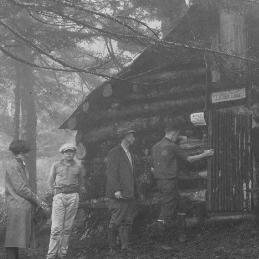Browse
"Ambient Ozone Effects on Gas Exchange and Total Non-Structural Carbohydrate Levels in Cutleaf Coneflower (Rudbeckia laciniata L.) Growing in Great Smoky Mountains National Park." Environmental Pollution 160, no. January (2012): 74-81.
"Impacts of Climatic and Atmospheric Changes on Carbon Dynamics in the Great Smoky Mountains National Park." Environmental Pollution 149, no. 3 (2007): 336-347.
"Stomatal Behavior of Ozone-Sensitive and -Insensitive Coneflowers (Rudbeckia laciniata var. digitata) in Great Smoky Mountains National Park." New Phytologist 173, no. 1 (2007): 100-109.
"Temporal Patterns of Foliar Ozone Smptoms on Tall Milkweed (Asclepias exaltata L.) in Great Smoky Mountains National Park." Environmental Pollution 149, no. 3 (2007): 358-365.
"Seasonal Development of Ozone-Induced Foliar Injury on Tall Milkweed (Asclepias exaltata) in Great Smoky Mountains National Park." Environmental Pollution 141, no. 1 (2006): 175-183.
"Seasonal Profiles of Leaf Ascorbic Acid Content and Redox State in Ozone-Sensitive Wildflowers." Environmental Pollution 143, no. 3 (2006): 427-434.
"Visible Foliar Injury Caused by Ozone Alters the Relationship between SPAD Meter Readings and Chlorophyll Concentrations in Cutleaf Coneflower." Photosynthesis Research 87, no. 3 (2006): 281-286.
"Sub-Canopy Deposition of Ozone in a Stand of Cutleaf Coneflower." Environmental Pollution 131, no. 2 (2004): 295-303.
"Interpreting Spatial Variation in Ozone Symptoms Shown by Cutleaf Cone Flower, Rudbeckia laciniata L." Environmental Pollution 125, no. 1 (2003): 61-70.
"Ozone Injury on Cutleaf Coneflower (Rudbeckia laciniata) and Crown-Beard (Verbesina occidentalis) in Great Smoky Mountains National Park." Environmental Pollution 125, no. 1 (2003): 53-59.
"Mature Black Cherry Used as a Bioindicator of Ozone Injury." Water, Air, and Soil Pollution 116, no. 1-2 (1999): 261-266.
"Visible Ozone Injury on Forest Trees in Great Smoky Mountains National Park, USA." Water Air and Soil Pollution 116, no. 1-2 (1999): 255-260.
"Empirical Evidence of Growth Decline Related to Visible Ozone Injury." Forest Ecology and Management 104, no. 1-3 (1998): 129.
"Evaluation of Ozone Injury on Foliage of Black Cherry (Prunus serotina) and Tall Milkweed (Asclepias exaltata) in Great Smoky Mountains National Park." Environmental Pollution 95, no. 1 (1997): 13-18.
Effects of the Ambient Ozone Concentrations on Mature Eastern Hardwood Trees Growing in Great Smoky Mountains In 85th Annual Meeting and Exhibition, Air and Waste Management Association. Kansas City, Missouri, 1992.
Ozone Biomonitoring Trend Plots and Surveys in Great Smoky Mountains National Park In Third Annual Southern Appalachian Man and the Biosphere Conference. Gatlinburg, TN: Tennessee Valley Authority, 1992.
















